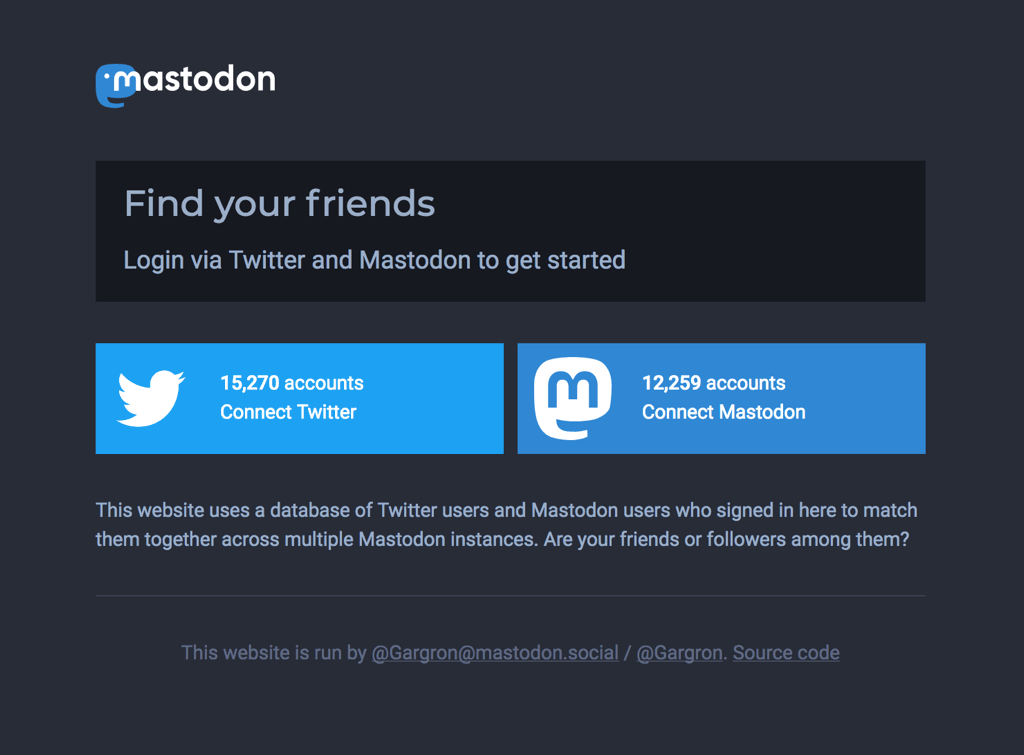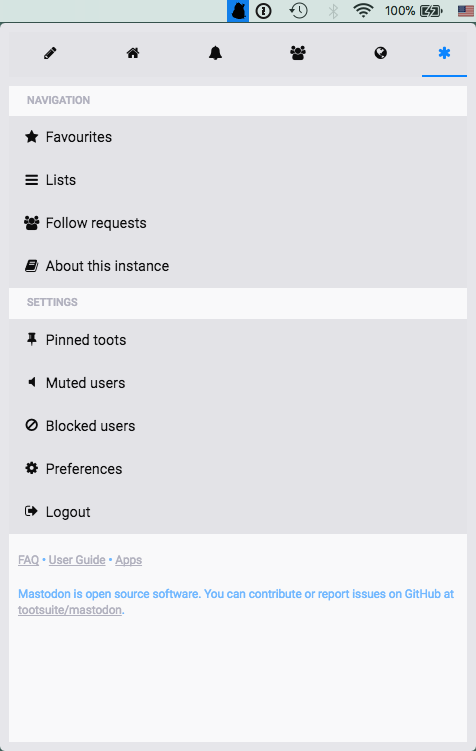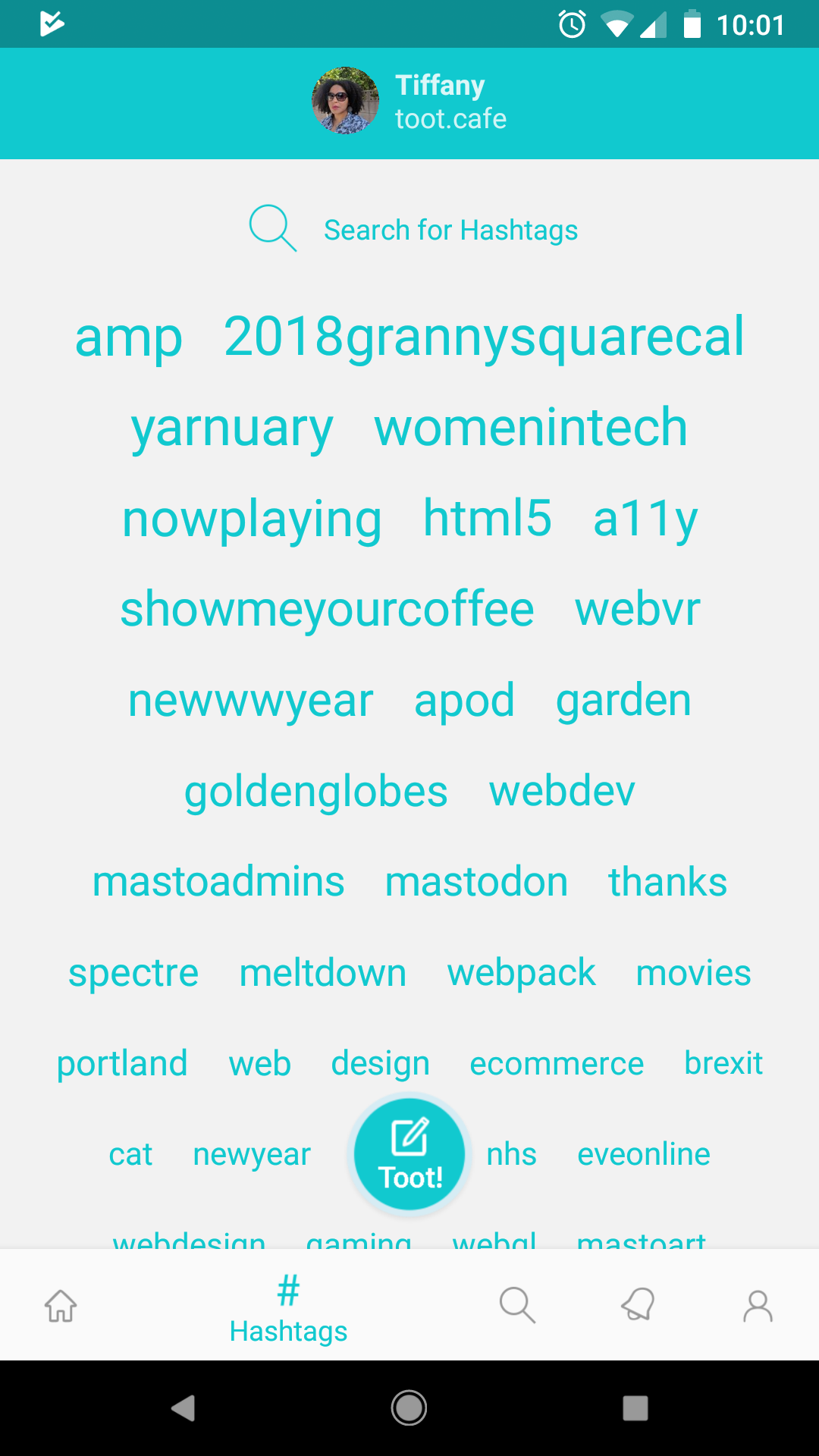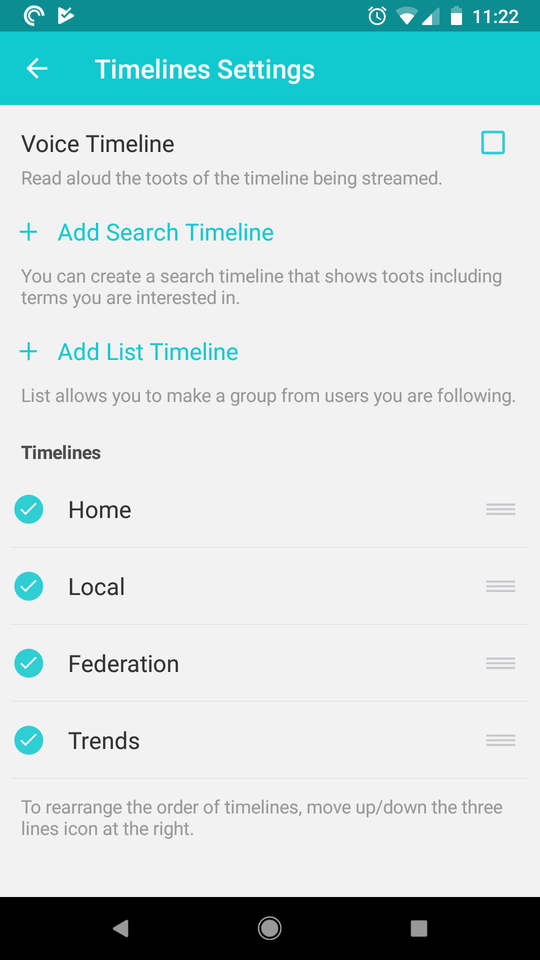Mastodon Tools
This is the third part of a three-part series. Read Privacy on Mastodon and Master Mastodon: Privacy as well.
As much as I enjoy Mastodon, the truth is I haven’t really left Twitter. It’s where most of my friends are, as well as the bulk of my professional contacts. As a freelancer who uses social media to generate new leads, I need to be where people are. So I can’t quite leave Twitter. But I can straddle the Twitter/Mastodon divide.
I imagine that many of us are in the same boat. The good news is that there are tools to help.
Finding Twitter friends on Mastodon
Update: Mastodon Bridge no longer works because Twitter will not grant the project access to the Twitter API. This section is no longer accurate.
There’s a very good chance that your “tweeple” haven’t yet joined a Mastodon instance. However, if they have, you can use Mastodon Bridge to find them. Mastodon Bridge was created by Eugen Rochko, the primary Mastodon developer.

To use it, log in to both your Twitter and Mastodon accounts. Mastodon Bridge will look at your followees and followers, and match them to known Mastodon users.
Don't try too hard to replicate the Twitter experience on Mastodon, however. Make new connections in the “fediverse.”
Can I cross post to Twitter, a.k.a. “birdsite”?
Yep, sure can! There are, to my knowledge, two web-based clients for doing so.
If you'd rather use a browser extension, try Birdsite for Firefox or Chrome.
All of these projects are open source. You can review the code, but if you still don’t trust a third-party service, try rolling your own. There are Mastodon libraries for Python, Ruby, PHP, and Node. You can also find Twitter libraries for each language.
Is there an app for that?
Yes! There are quite a few. I’ve settled on Mstdn as my desktop client, largely because it's the only GUI-based Mastodon client available for macOS. Built with Electron, Mstdn is cross-platform and can be installed on Windows and Linux systems.

If you use Windows or don’t mind a command line interface, you have a few more options.
UPDATE (MARCH 27, 2018): Tootdon may archive your toots viewed by users who favorite or boost your toot using the app. It also stores your account's auth token on its servers. It isn't clear why Tootdon is doing this, but there's some question about where that data is going. Because of this, I no longer recommend Tootdon. When you delete Tootdon from your phone don't forget to revoke its authorization in Mastodon’s preferences page.
On Android and iOS, Tootdon is popular. It's especially useful for exploring the fediverse via the hashtags (see Figure 3) or Trends tabs. Tootdon also supports search-based timelines and Mastodon lists.

Be aware that Tootdon has a default setting that will cause it to read incoming toots for the active tab. That's great for visually impaired, or dyslexic users who may need an audio complement to reading. I found it distracting. It's easy to disable, though. Open the settings menu (that three-dot ellipsis icon in the upper right corner) and uncheck the box next to Voice Timeline.

After trying Tootdon, however, I've decided that I'm actually more partial to Tusky for Android. Tusky follows Android's UI conventions more closely. It looks and feels more like Twitter for Android. It's relative simplicity makes the experience of using Tusky more enjoyable for me. Tusky also supports saving drafts, which Tootdon does not.
Tusky, however, is less conducive to exploration. There's no keyword or hashtag search (beyond the standard search box). Nor does it show what's trending across the Fediverse.
If your mobile operating system supports it — Android does — you can also use Mastodon as an installable web app. Log in using a mobile browser. You'll receive a prompt asking whether you want to add it to your home screen. It works pretty well.
Update: Xuv also has a great post for migrating to Mastodon: How to transition from Twitter to Mastodon.
Trumpet sound courtesy of profcalla.